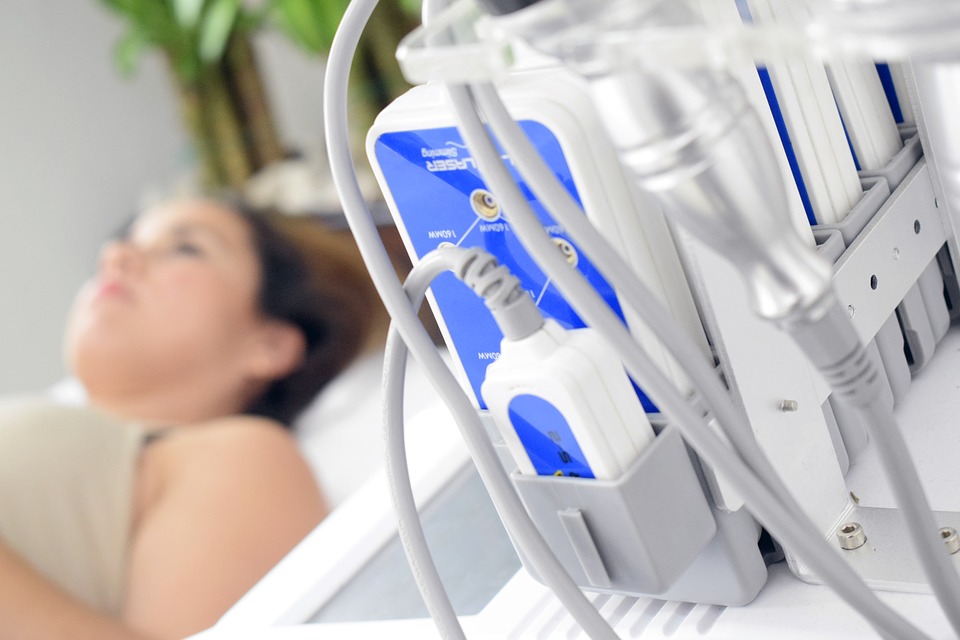There’s no right or wrong way to check your breasts. But it is important to know how your breasts usually look and feel. That way, you can spot any changes quickly and report them to your GP.
Be breast aware
Every woman’s breasts are different in terms of size, shape and consistency. It’s also possible for one breast to be larger than the other.
Get used to how your breasts feel at different times of the month. This can change during your menstrual cycle. For example, some women have tender and lumpy breasts, especially near the armpit, around the time of their period.
After the menopause, normal breasts feel softer, less firm and not as lumpy.
The NHS Breast Screening Programme has produced a five-point plan for being breast aware:
know what’s normal for you
look at your breasts and feel them
know what changes to look for
report any changes without delay
attend routine screening if you’re 50 or over
Look at your breasts and feel each breast and armpit, and up to your collarbone. You may find it easiest to do this in the shower or bath, by running a soapy hand over each breast and up under each armpit.
You can also look at your breasts in the mirror. Look with your arms by your side and also with them raised.
Breast changes to look out for
See your GP if you notice any of the following changes:
a change in the size, outline or shape of your breast
a change in the look or feel of your skin, such as puckering or dimpling
a new lump, thickening or bumpy area in one breast or armpit that is different from the same area on the other side
nipple discharge that’s not milky
bleeding from your nipple
a moist, red area on your nipple that doesn’t heal easily
any change in nipple position, such as your nipple being pulled in or pointing differently
a rash on or around your nipple
any discomfort or pain in one breast, particularly if it’s a new pain and doesn’t go away (although pain is only a symptom of breast cancer in rare cases)
Always see your GP if you are concerned
Breast changes can happen for many reasons, and most of them aren’t serious. Lots of women have breast lumps, and nine out of 10 are not cancerous.
However, if you find changes in your breast that aren’t normal for you, it’s best to see your GP as soon as possible. This is because it is important to rule out breast cancer. If cancer is detected, then appropriate treatment should be planned as quickly as possible.
Read the answers to more questions about cancer.
